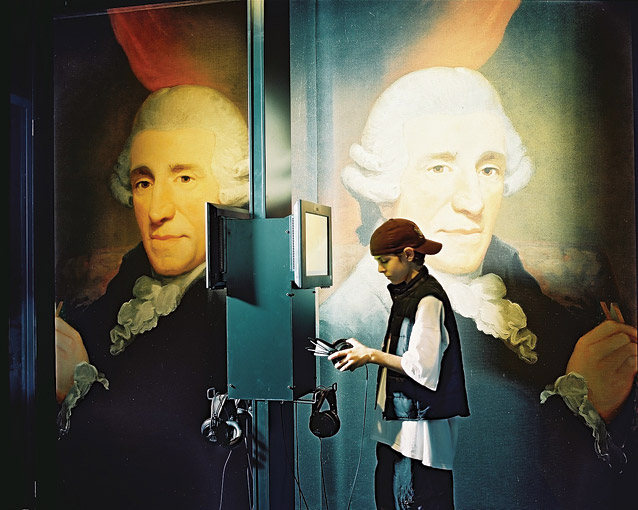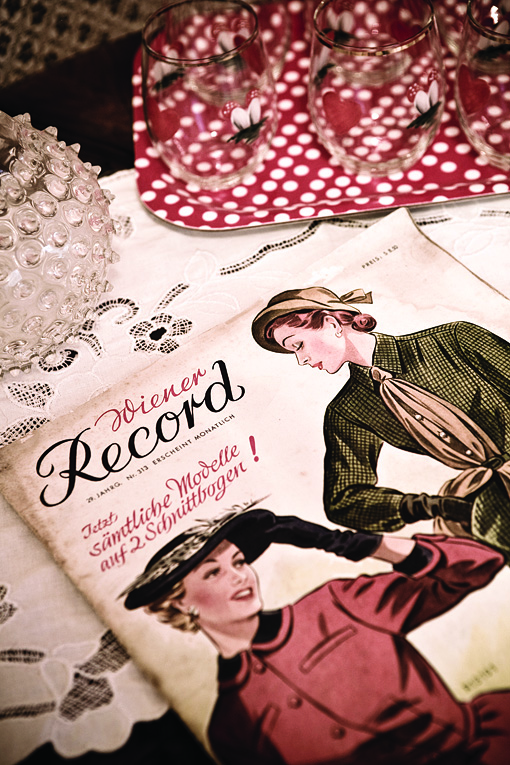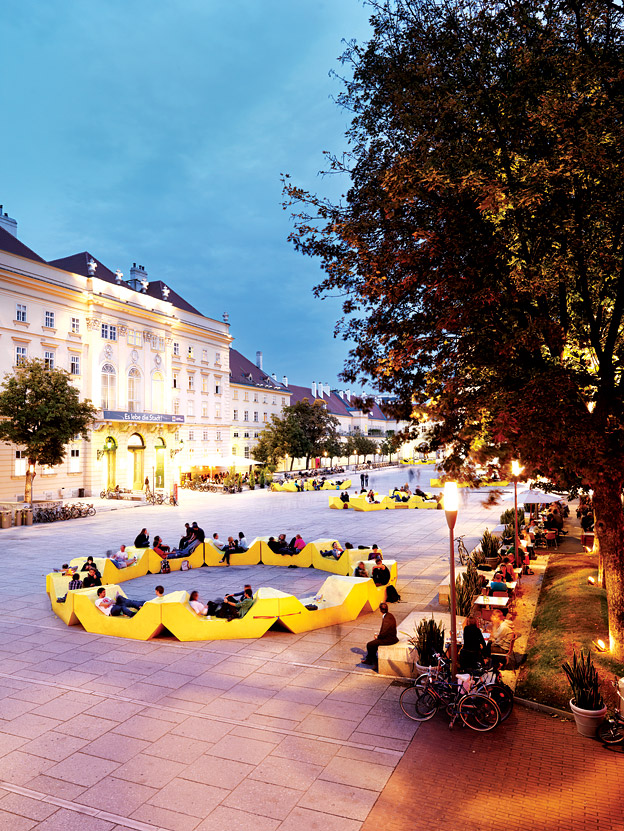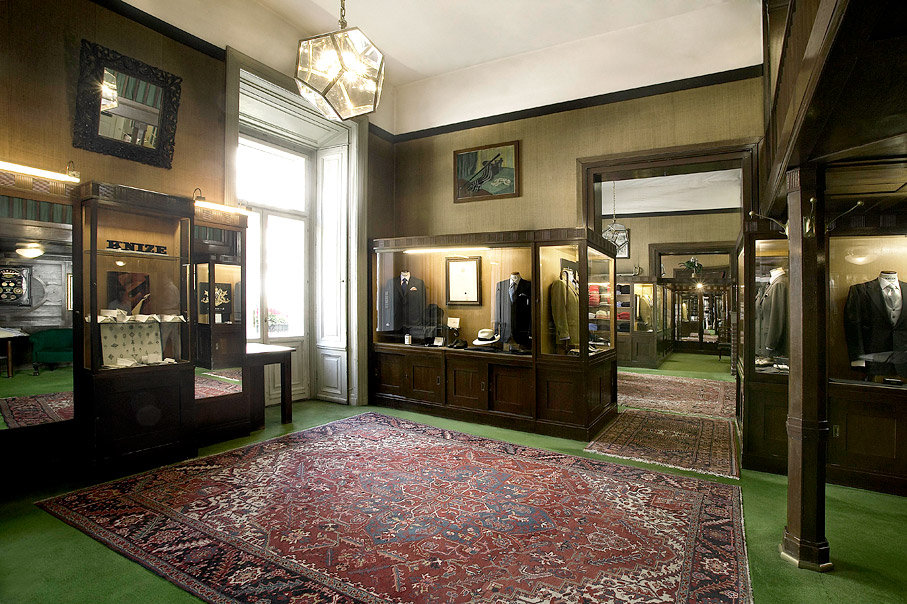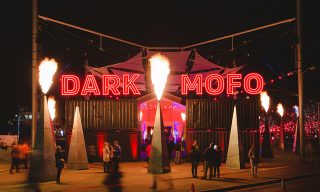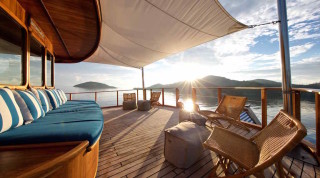With its hallowed museums and concert halls, its Lipizzaner stallions and Boys’ Choir, the hometown of Freud has a reputation for being a little stuffy—unfairly so, as a recent visit to Austria’s dynamic capital reveals
I can see the glazed look that appears in people’s eyes when I admit I’ve been to Vienna four or five times in the last few years. They probably think I’m a mad Freudian or an opera fanatic or one of those snore-inducing museum-goers who drones on about Secessionist art. After all, Vienna has a reputation for classical music, art galleries, and existential angst. And weren’t all those mustachioed Hapsburgs just a trifle dull?
The truth is that high culture gives me a headache, and the squeak-squeak of parquet floors in museums drives me mad. But I love Vienna because sightseeing here doesn’t have to be tedious. Just look up: on the ceilings of the Hofburg Palace, bare-breasted nymphs leap from clouds like strippers from a birthday cake. In the Haus der Musik, superb walk-through displays make the lives of Vienna’s great composers (Mozart, Hayden, Beethoven, et al) come alive, and who could resist picking up a baton and conducting an interactive Vienna Philharmonic? The Kunstkammer Wien—a treasure trove of unusual artworks amassed by the Hapsburgs over hundreds of years that reopened last February following a decade-long revamp—is full of eccentric wonders, including outrageous goblets straight out of Game of Thrones. And at the Augarten Porcelain Manufactory Mu-seum, three centuries of porcelain-making prowess are showcased on a behind-the-scenes tour of the still-operational factory floor. You can also dine off Augarten porcelain at the adjacent Décor restaurant, where trendy folk tuck into beef tartare and asparagus salads. It’s suave attire you need for Vienna’s museums, not sensible shoes.
In short, anyone who thinks Vienna is a stuffy imperial leftover likely hasn’t strayed beyond the standard tourist circuit. Even if, like me, you don’t particularly care for museums, you can still sashay through centuries of art, architecture, and design in unexpectedly entertaining ways. For a start, kick back in a coffeehouse, where ornate pastries topped by whipped cream are just as madly baroque as any Hapsburg palace decor. I’m particularly fond of Café Sperl, where composer Franz Lehár once hung out. Though I’ve yet to spot a merry widow there, I can always count on soaking up its genteel 19th-century atmosphere among locals who nibble on strudel as they thumb through the newspapers.
For a more bohemian vibe, there’s Café Hawelka. With its rickety wooden floors and peeling theater posters, the place retains a noirish 1930s look that makes you feel as though you’ve strayed into a set for The Third Man. No extravagant pastries here, just jam rolls (buchteln) and chopped pancakes sprinkled with icing sugar.
Vienna’s pedigreed shops are a delight, too. Founded in 1823 and oozing period charm, J. & L. Lobmeyr once made crystal chandeliers for the Hapsburgs; now it reinterprets them in chic cascades of modern glass. It’s one of several companies that still proudly displays the designation k.u.k. Hoflieferant, which means it was an “imperial and royal purveyor” to the Austro-Hungarian court. Others include textile and fabric supplier Backhausen—particularly noted for its fine Art Nouveau designs—and tailoring house Knize, which once outfitted archdukes and barons, but now caters to urbane businessmen. The interior of the shop, designed in the 1910s by the pioneering modernist architect Adolf Loos, is lovely.
Just off the main shopping drag of the historic city center—Innere Stadt—is another Loos masterpiece: the American Bar. I love this petite space, with its green-and-white checkered floor and minimalist, masculine lines made sumptuous by materials such as onyx, marble, and mahogany. The ceiling is a translucent orange, its sultry light reflecting off gilt mirrors and martini glasses. There are few better ways to get an appreciation for early 20th-century Austrian art (or at least architecture) than over a mint julep in this atmospheric gem of a bar.

